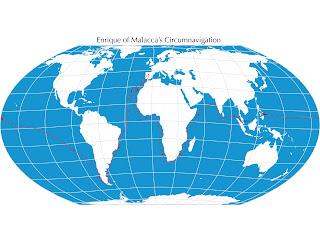Over the centuries, European monarchs and officials developed the unpleasant tradition of casually redrawing maps based on their own interests at the time—too often contrary to the interests of the peoples whose national images they were reimagining.
The practice was the norm after winning a war. The Peace of Westphalia (1648) came at the close of several wars: the Thirty Years' War (1618–1648), the Eighty Years' War (1568–1648), and basically a hundred and fifty years of nonstop war in Europe that started when a German priest named Martin Luther woke up one Sunday morning annoyed and started a suggestion box on a church door.
Most of these wars were fought in the name of religion ("Priests can't marry." "They can too!"), but most were in fact fought for politics and power, regardless of Protestant or Catholic leanings.
The Peace of Westphalia left what we now call "Germany" as a mess of three hundred-plus odd political entities ranging from kingdoms to electorates to something called a landgraviate, a nightmare that lasted well into the nineteenth century. Napoleon came along a hundred and fifty years later, shook his head, and redrew that number to thirty-plus. And that was just Germany.
Above we have a video that uses humor to teach history by laughing at it, and more importantly, laughing at the national myths built over time about the monarchs and officials who drew some pretty disastrous maps.
This sketch is from BBC One's The Nearly Complete and Utter History of Everything. This episode, "Treaty of Westphalia," stars Hugh Laurie and Stephen Fry, both actors in the earlier BBC One series Blackadder, which brought Rowen Atkinson's Mr. Bean to several historical eras.
• Stephen Fry – Ambassador
• Hugh Laurie – French Ambassador
• Robert Bathurst – English Ambassador
• James Dreyfus – Swedish Ambassador
.

